You Must Know How to Exercise Your Rights Within the Law These days there is an ongoing high-profile fight to redefine and change the rights of the people of the United States to have, hold and use firearms. The discussion is constant and many times the truth gets lost in the hyperbole as the media skews the truth to fit their agendas. But one thing is clear, if you own a firearm, and especially if you carry it or use it for self-protection, you need to know and understand your legal rights and your local laws. We all learned about the US Constitution in school. The Constitutional Convention assembled in Philadelphia in May of 1787. On 17 September 1787, after 3 months of discussions, arguments and deliberations, 38 delegates (plus George Reed who signed for John Dickinson of Delaware, who was absent) signed the Constitution. Here’s a good summary about what the purpose of the Constitution was and what it accomplished: “The Constitution acted like a colossal merger, uniting a group of states with different interests, laws, and cultures. Under America’s first national government, the Articles of Confederation, the states acted together only for specific purposes. The Constitution united its citizens as members of a whole, vesting the power of the union in the people. Without it, the American Experiment might have ended as quickly as it had begun. But the Constitution might never have been ratified if the framers hadn't promised to add a Bill of Rights. The first ten amendments to the Constitution gave citizens more confidence in the new government and contain many of today's Americans' most valued freedoms. Preamble to the Bill of Rights – “The Conventions of a number of the States, having at the time of their adopting the Constitution, expressed a desire, in order to prevent misconstruction or abuse of its powers, that further declaratory and restrictive clauses should be added: And as extending the ground of public confidence in the Government, will best ensure the beneficent ends of its institution. “On September 25, 1789, the First Congress of the United States proposed 12 amendments to the Constitution. Ten of the proposed 12 amendments were ratified by three-fourths of the state legislatures on December 15, 1791. The ratified Articles (Articles 3–12) constitute the first 10 amendments of the Constitution, or the U.S. Bill of Rights. In 1992, 203 years after it was proposed, Article 2 was ratified as the 27th Amendment to the Constitution. Article 1 was never ratified.” The Bill of Rights enumerates the birthrights of every American. These are not rights granted to the people by the US Government, these are rights that the US Government was formed to protect. Furthermore, these rights are the rights that each individual has. They are not rights bestowed on the people by membership in a group; they are specifically individual rights. One of these rights is the right to own and bear arms as delineated in the 2nd Amendment. The right to bear arms was to specifically added to ensure that a citizen had the ability to secure their other enumerated rights. Here’s a really good short article on what we believe the 2nd Amendment to the US Constitution means. Second Amendment to the United States Constitution https://www.historyonthenet.com/second-amendment-to-the-united-states-constitution Given today’s environment, whatever you do, know your rights, know your State’s laws, know the rules of gun safety - and if you get into a situation that requires legal support do not talk to the police – get a lawyer that knows how to support your 2nd Amendment rights - and then move forward with the legal system. If you don’t follow this one piece of simple advice you may regret your actions for the rest of your life. You are responsible for your actions, so plan and act accordingly. If you do need legal assistance related to your Gun Rights what should you do? Recently Timothy from the O’Mara Law Group in Orlando/Lakeland Florida sent us an email discussing their “2nd Amendment Rights Guide” that contains a lot of great information about what to do. We liked their overall position on the issue: “It is an American's right to own a gun. We believe in preserving this lawful right for responsible gun owners, but also protecting individuals who may have been forced to discharge their weapon to protect themselves or their family. There are situations where people who have fired a gun in self-defense face criminal convictions. That's why it's important to have the proper representation and knowledge in these cases. Here’s a brief summary of some of the key points from the O’Mara Law Group’s 2A guide:
If you have questions, or need their legal assistance you can contact the O’Mara Law Group at: https://www.omaralawgroup.com/contact/ If you want to know more, we’ve previously covered several aspects of this issue in some of our previous blogs related to new gun ownership: Back to Basics - What Beginners Need to Know About Handguns (2 Jan 2021) 4 Rules for Handling a Firearm - How to Keep Yourself, and Those Around You, Safe (27 March 2020) The Unprecedented Surge in US Gun Sales During The Covid-19 Pandemic (3 June 2020) In addition, our main Shooting page lists several resources to assist you in navigating these treacherous waters to include:
Finally, here’s a good app that you might want to have on your phone to help keep track of all the various laws and regulations from each of the 50 US States: CCW – Concealed Carry 50 State iOS - https://apps.apple.com/us/app/ccw-concealed-carry-50-state/id443321291 Android - https://play.google.com/store/apps/details?id=ryan.ccw&hl=en If you want to read the details of the actual United States Constitution and Bill of Rights here are the links to the National Archives website: America's Founding Documents https://www.archives.gov/founding-docs The Constitution of the United States: A Transcription https://www.archives.gov/founding-docs/constitution-transcript The Bill of Rights: A Transcription https://www.archives.gov/founding-docs/bill-of-rights-transcript For the sake of clarity, just so there is no doubt, as stated in our Legal Disclaimer: “….. none of the authors of this website are licensed attorneys. Any information contained in this website on legal issues SHOULD NOT BE CONSTRUED TO BE LEGAL ADVICE. The opinions expressed are informed opinions based on the authors’ experience with and understanding of the appropriate statutes. It is NOT GUARANTEED to be CORRECT, COMPLETE or UP-TO-DATE. You should NOT act or rely on any information on this website or in an email from an author of this website without seeking the advice of an attorney that YOU have retained.”
0 Comments
The 10 Items That the “Alone” Competitors Took into the Field to Keep Themselves Alive |
What's On This Page?Here's where we post reviews, questions, answers, thoughts and other information that's of general interest to our followers in a blog format. Categories
All
Archives
August 2023
|
|
|
Copyright 2016-2024 Hiking, Camping and Shooting |





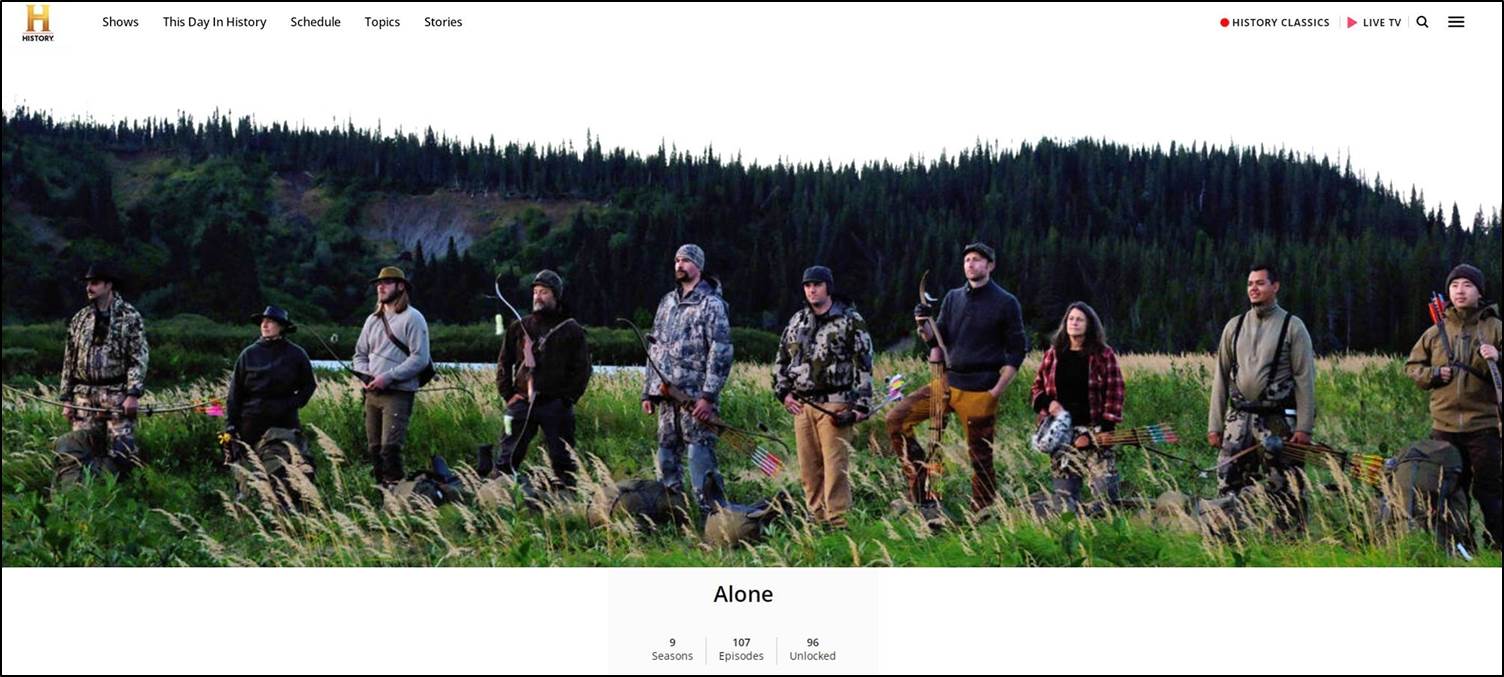

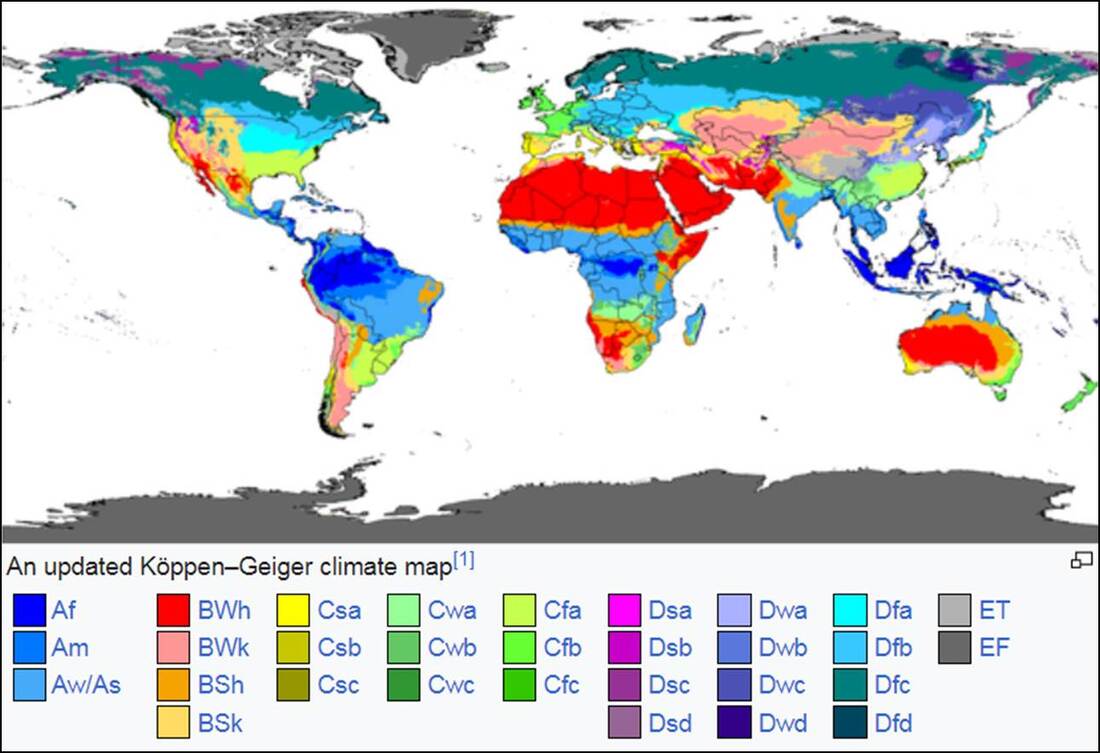
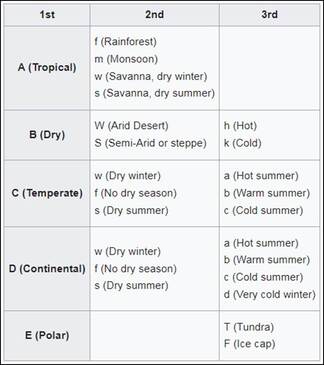
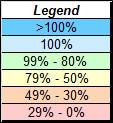









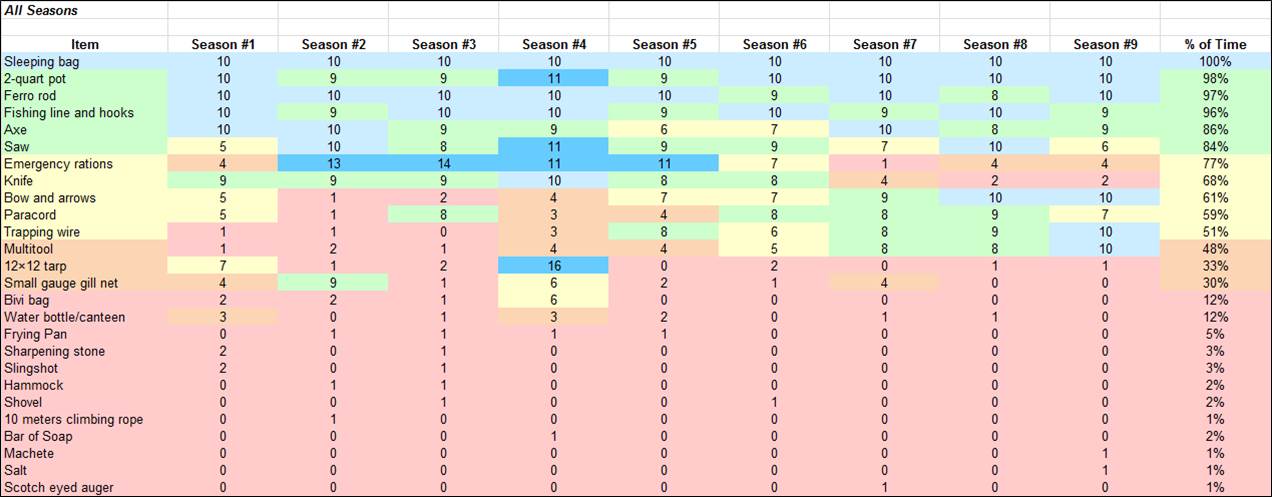
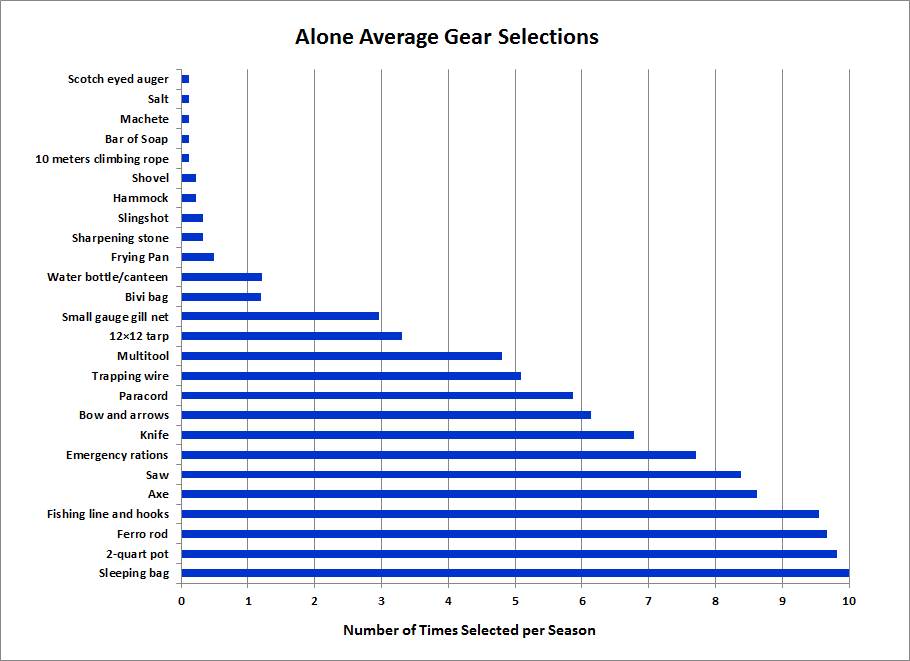
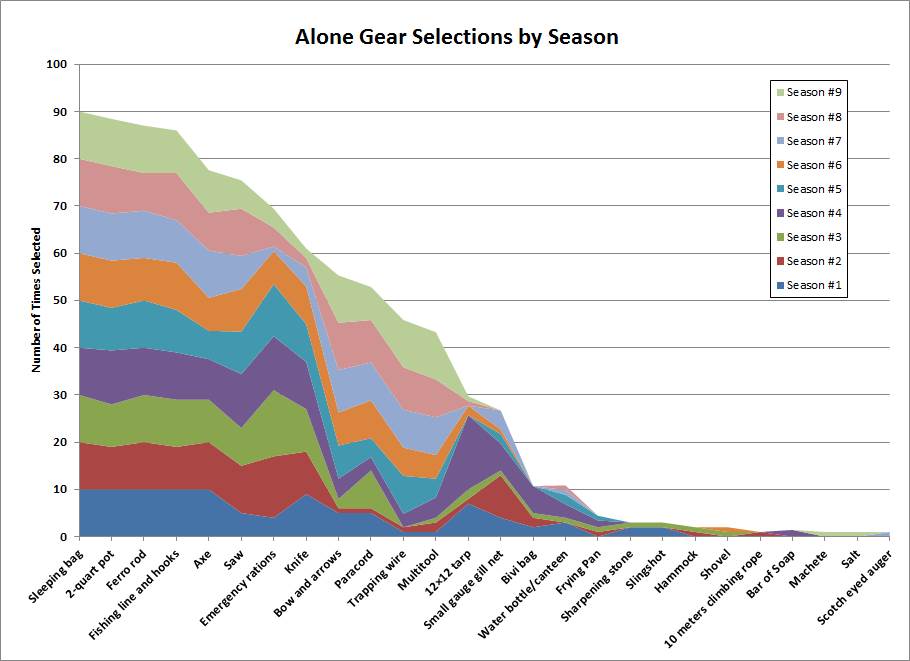
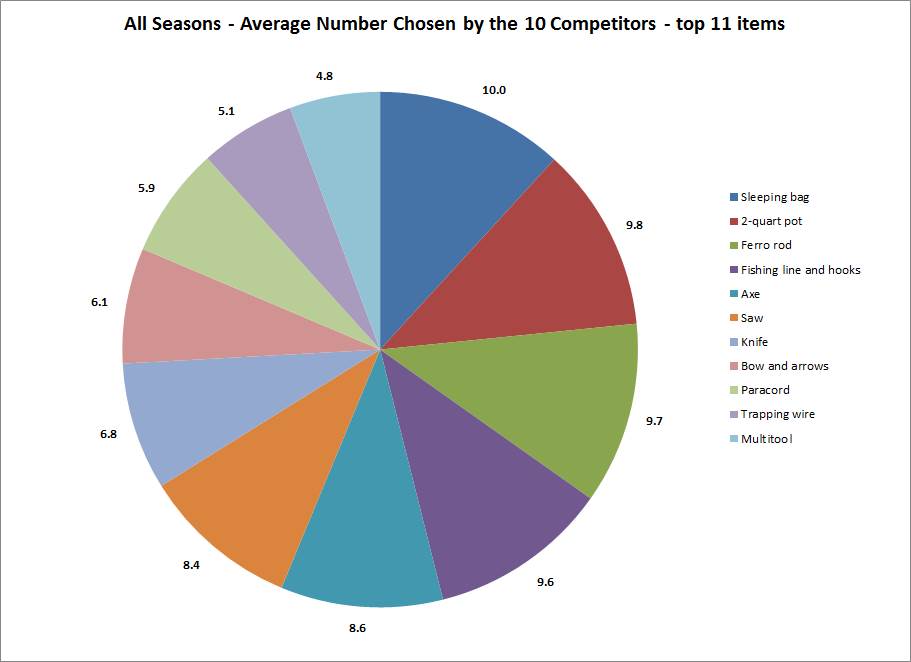
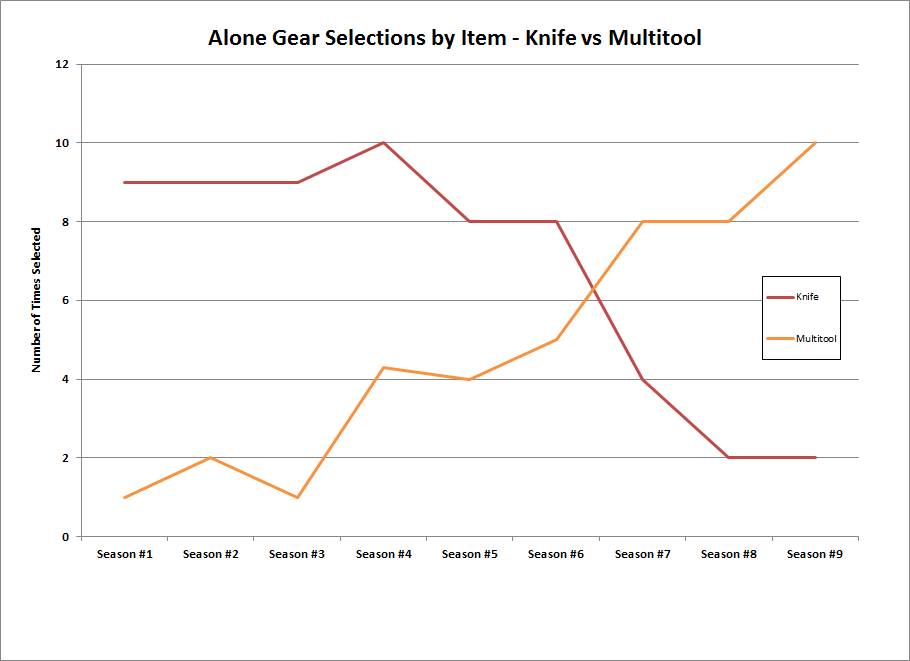
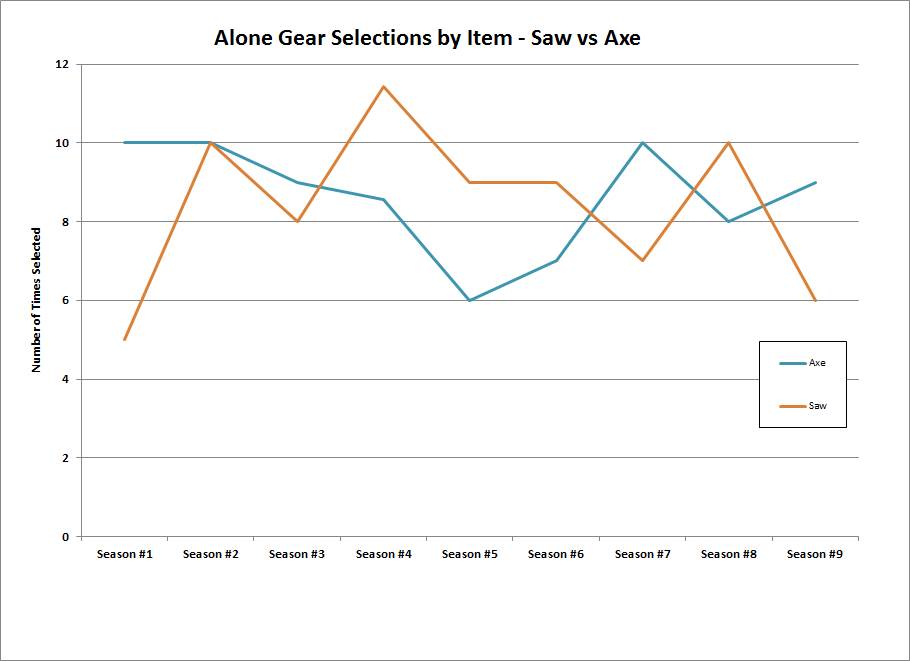
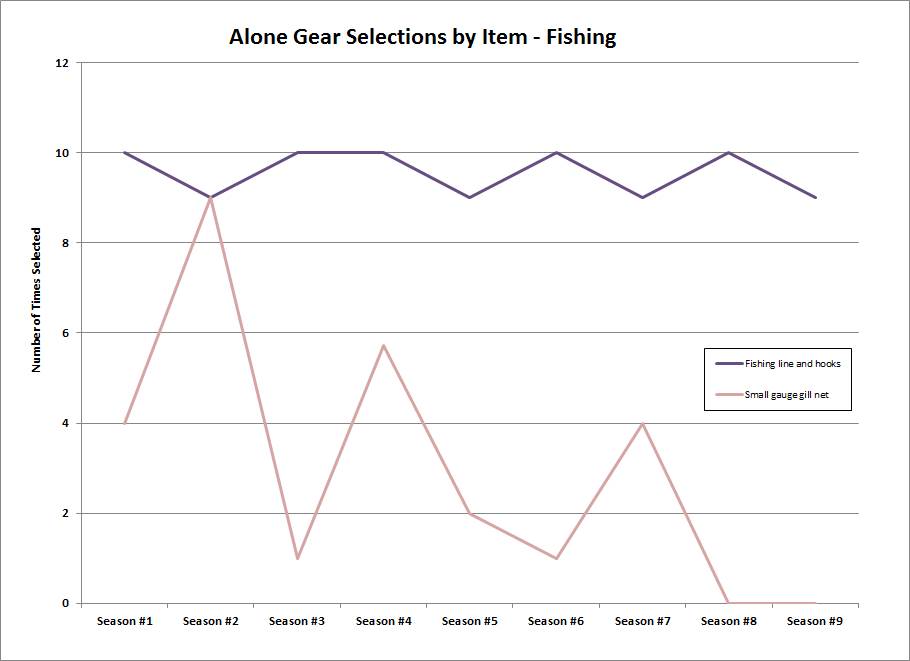
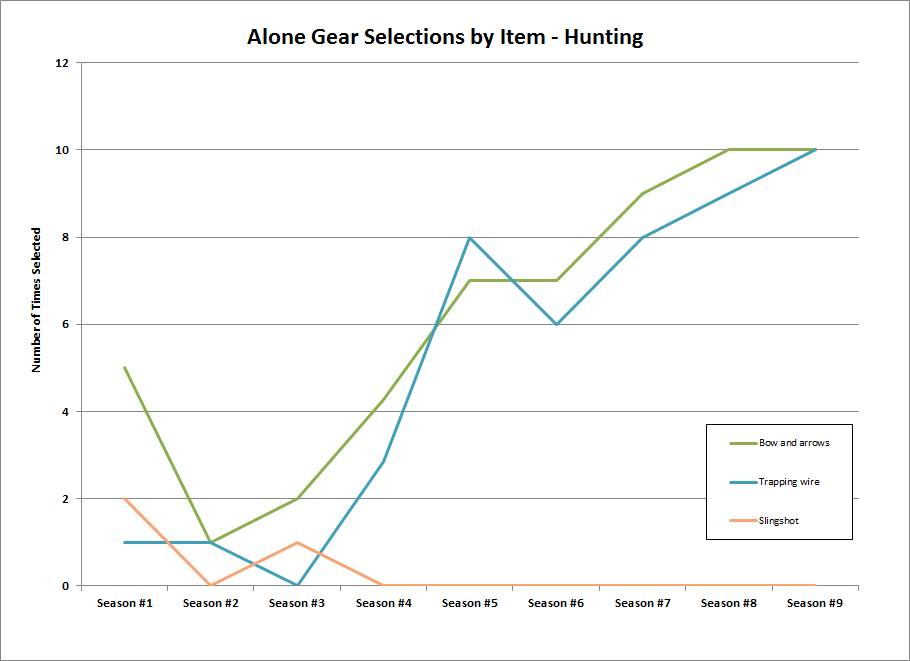
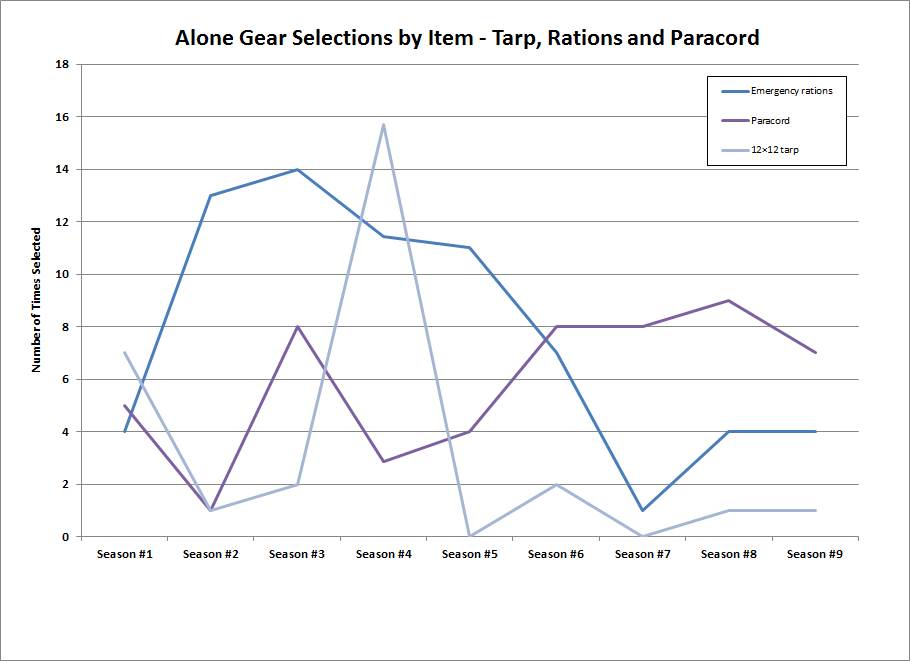
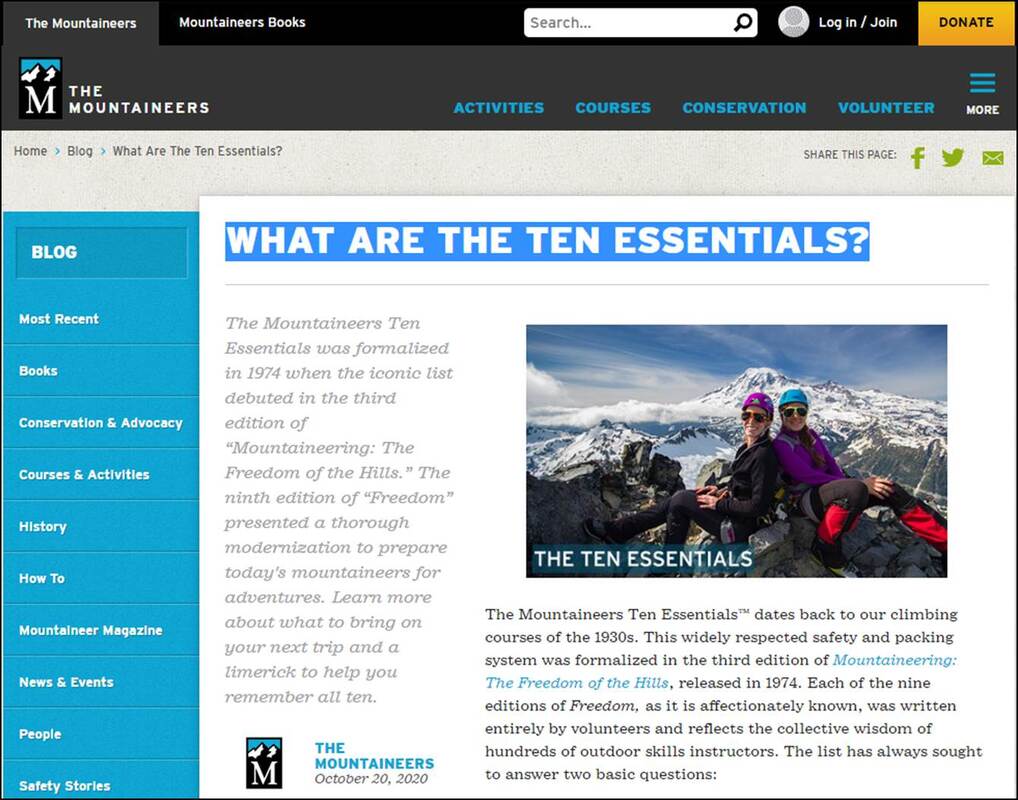

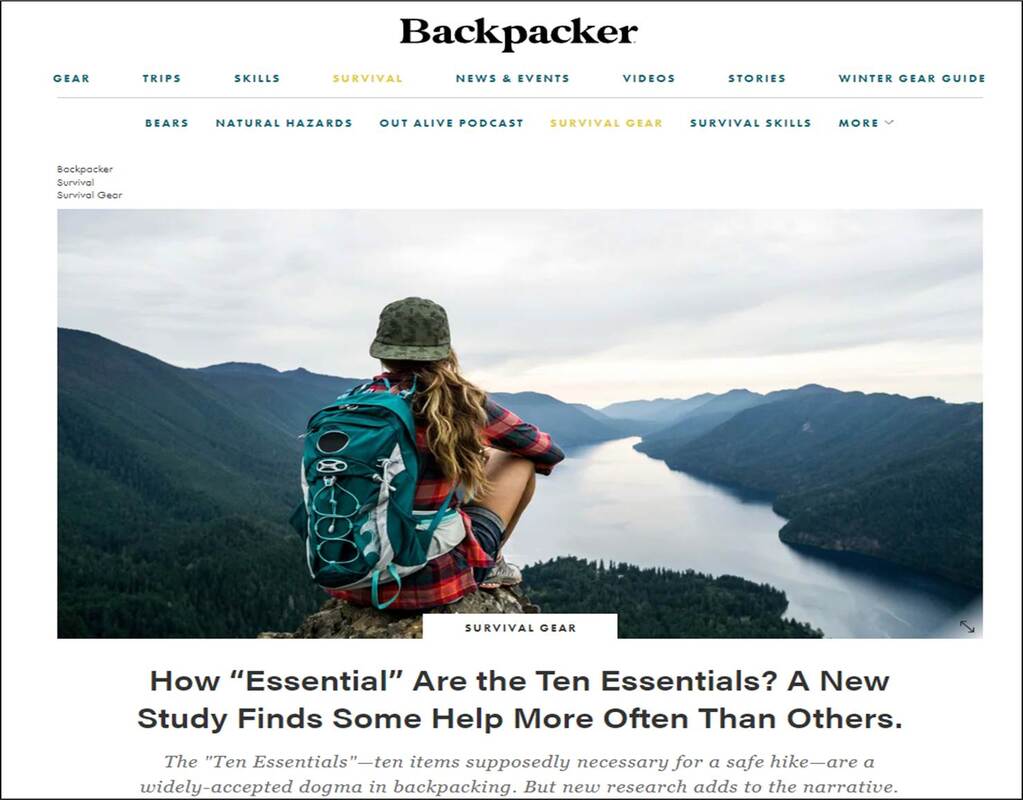
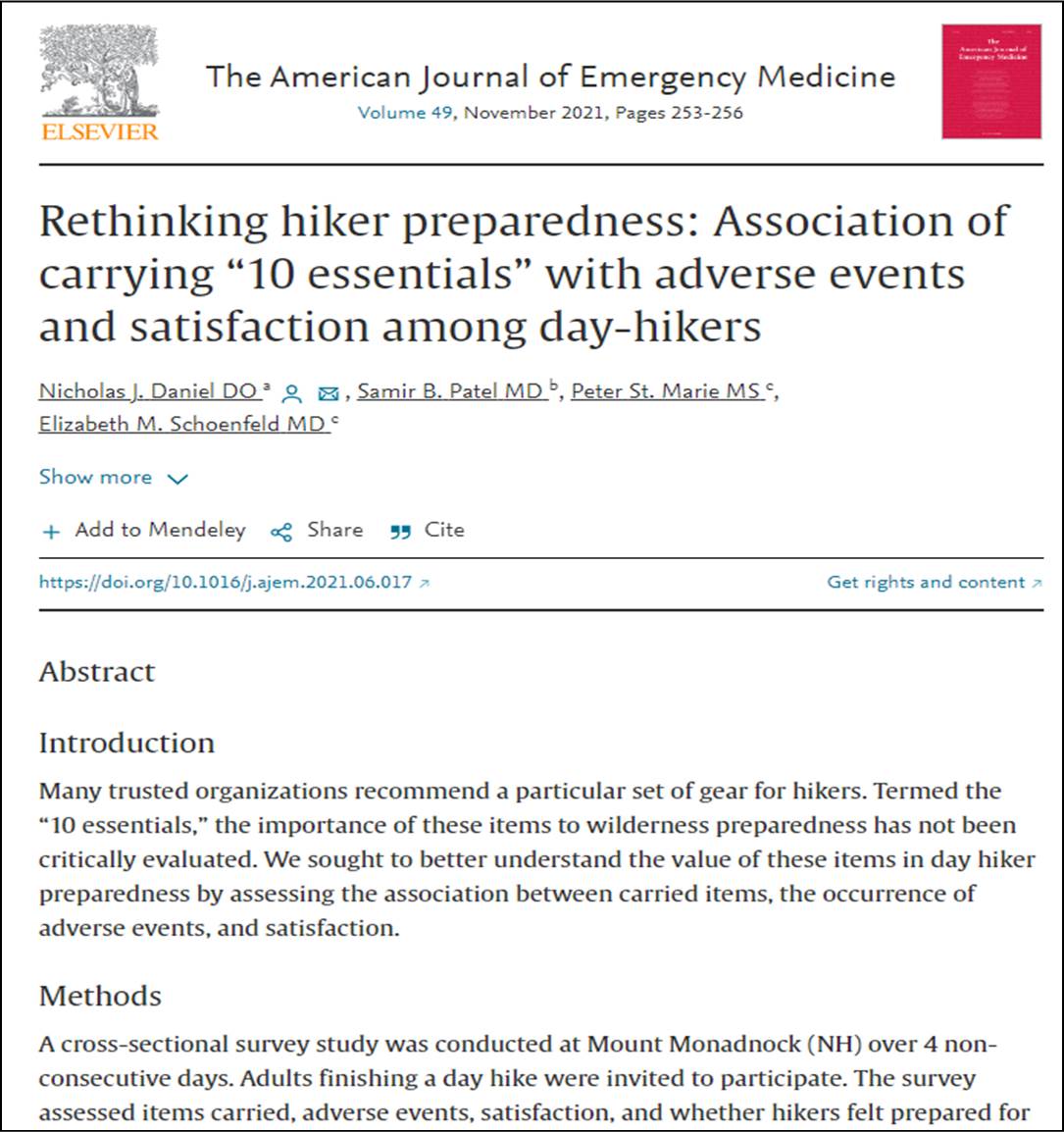
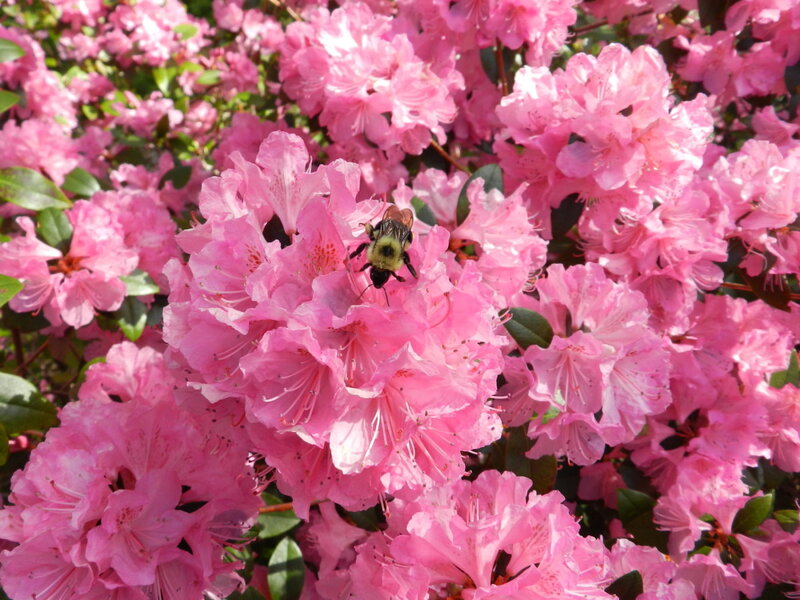

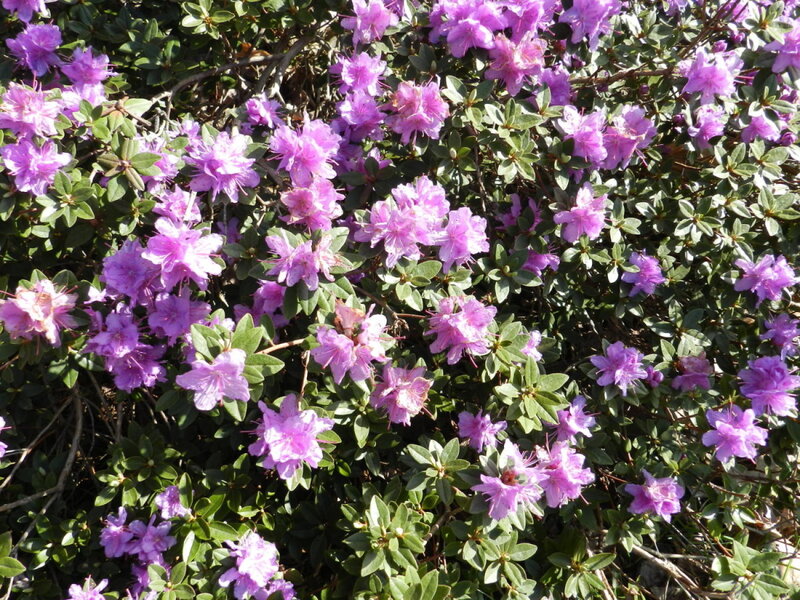
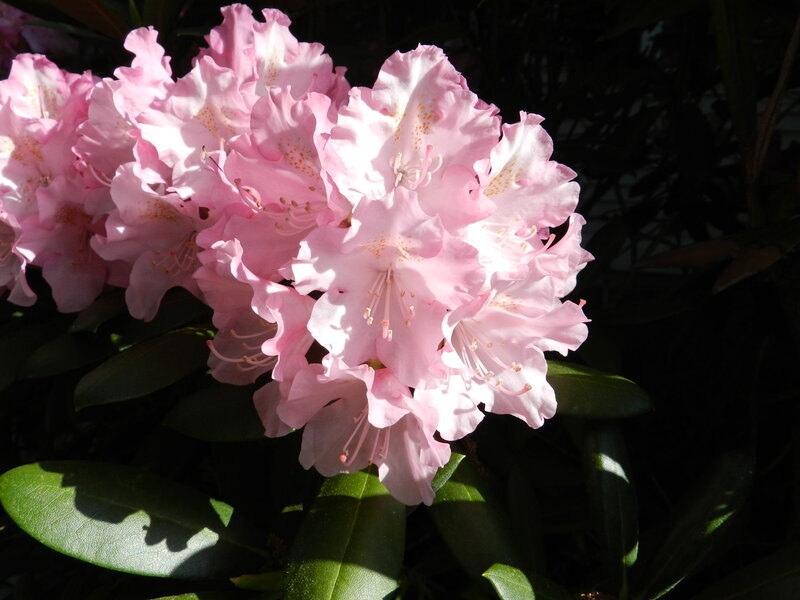
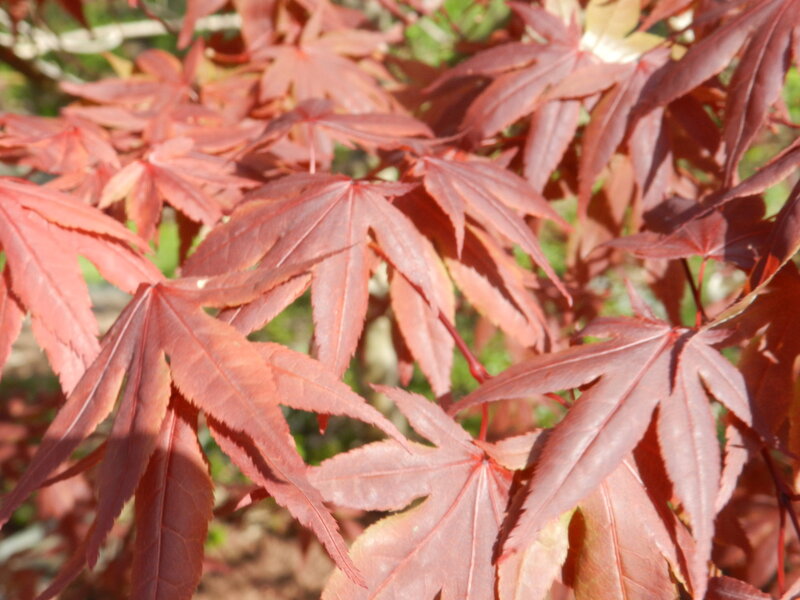
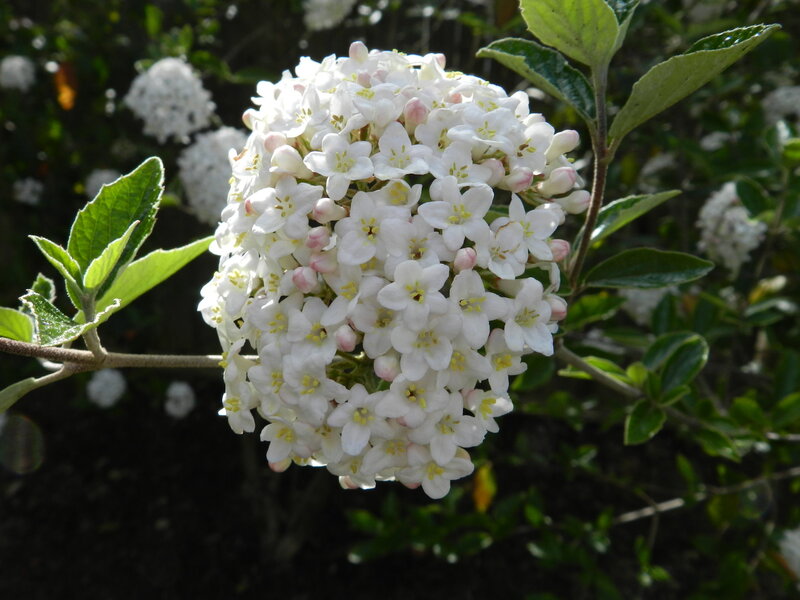
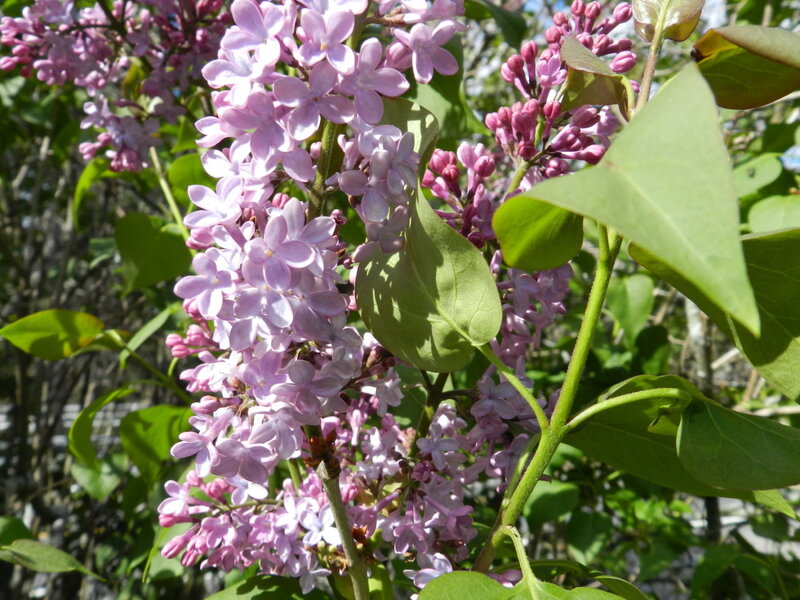
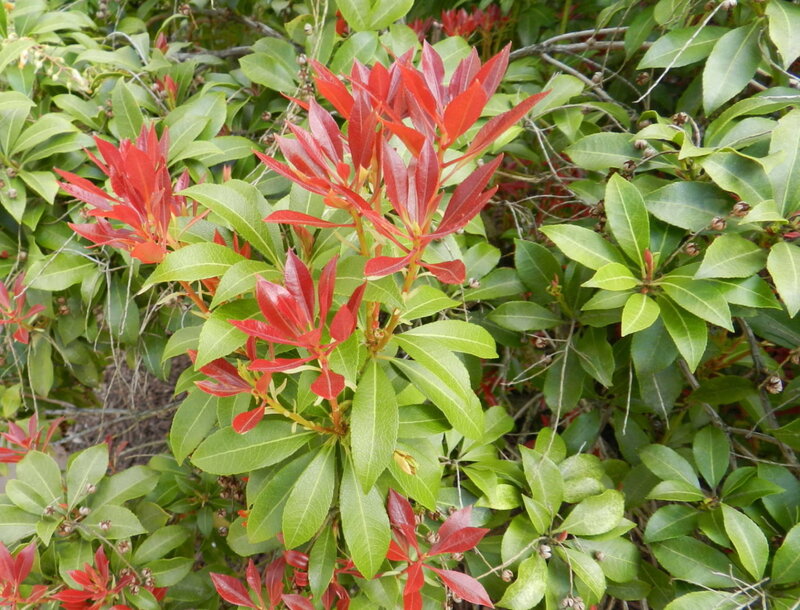
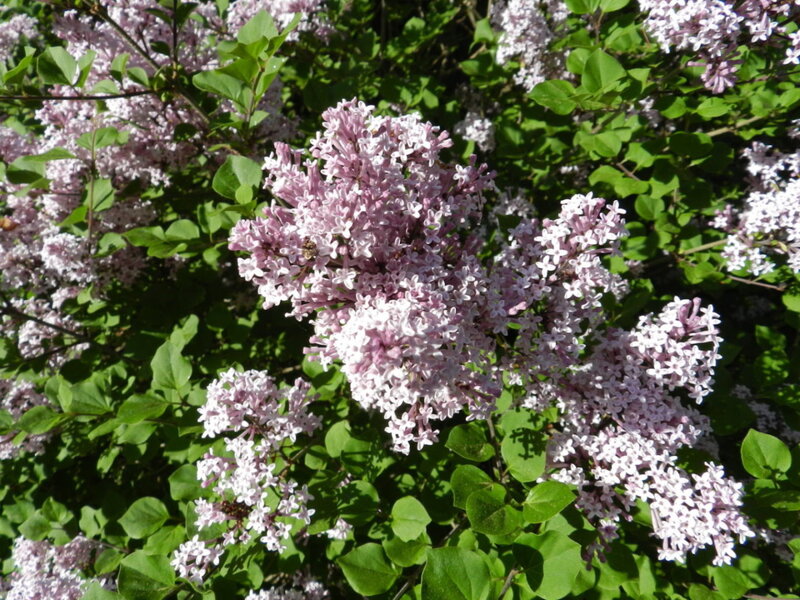
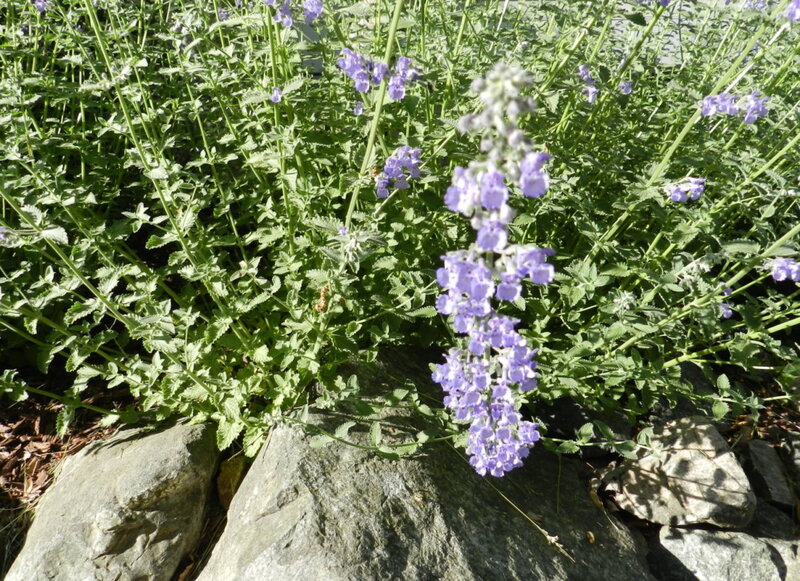

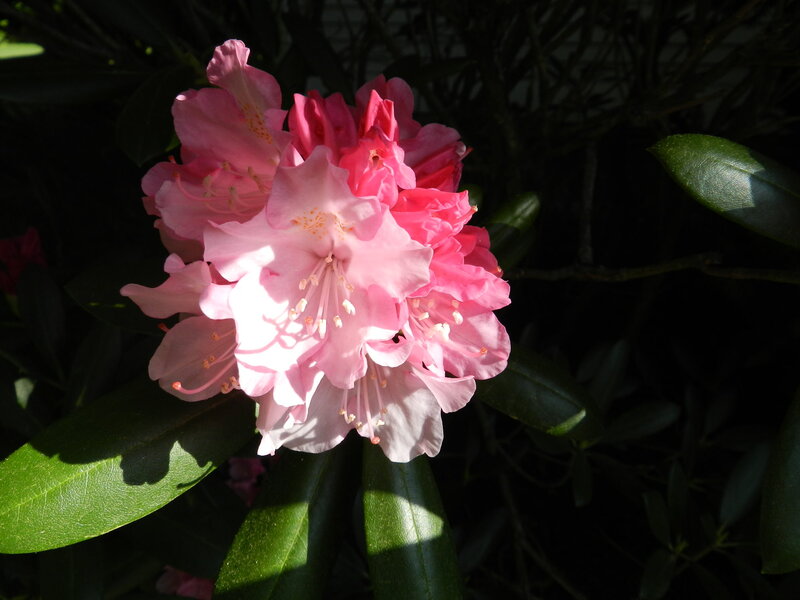
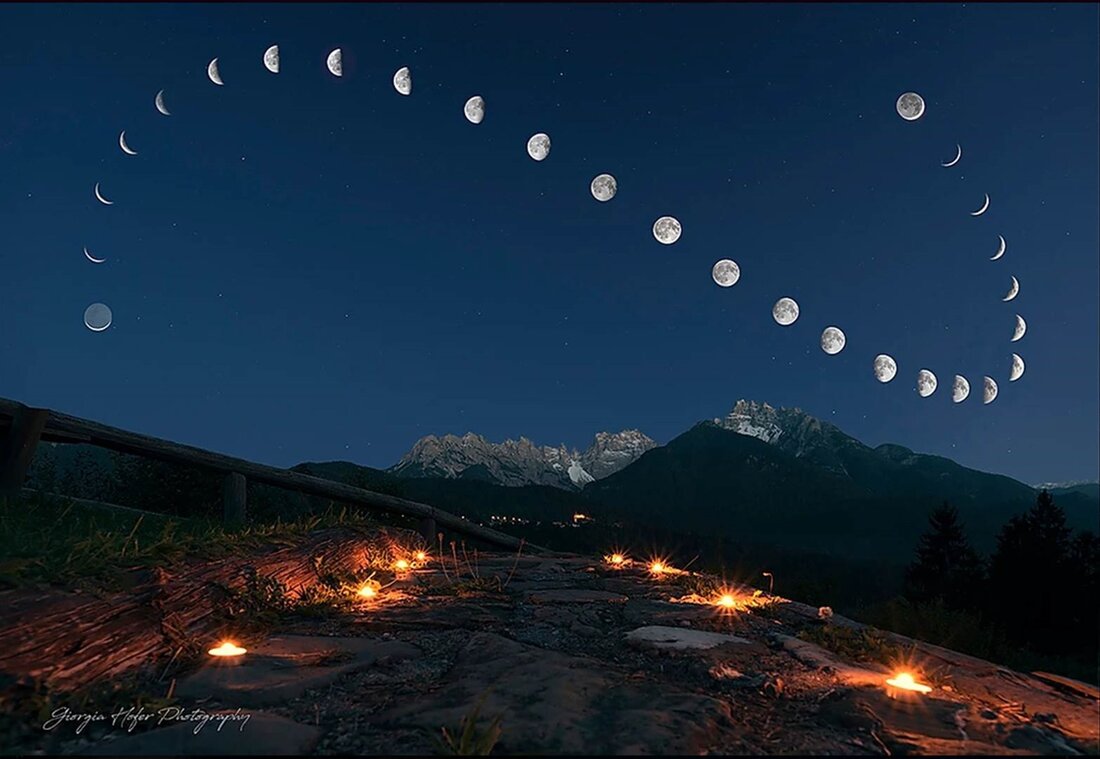


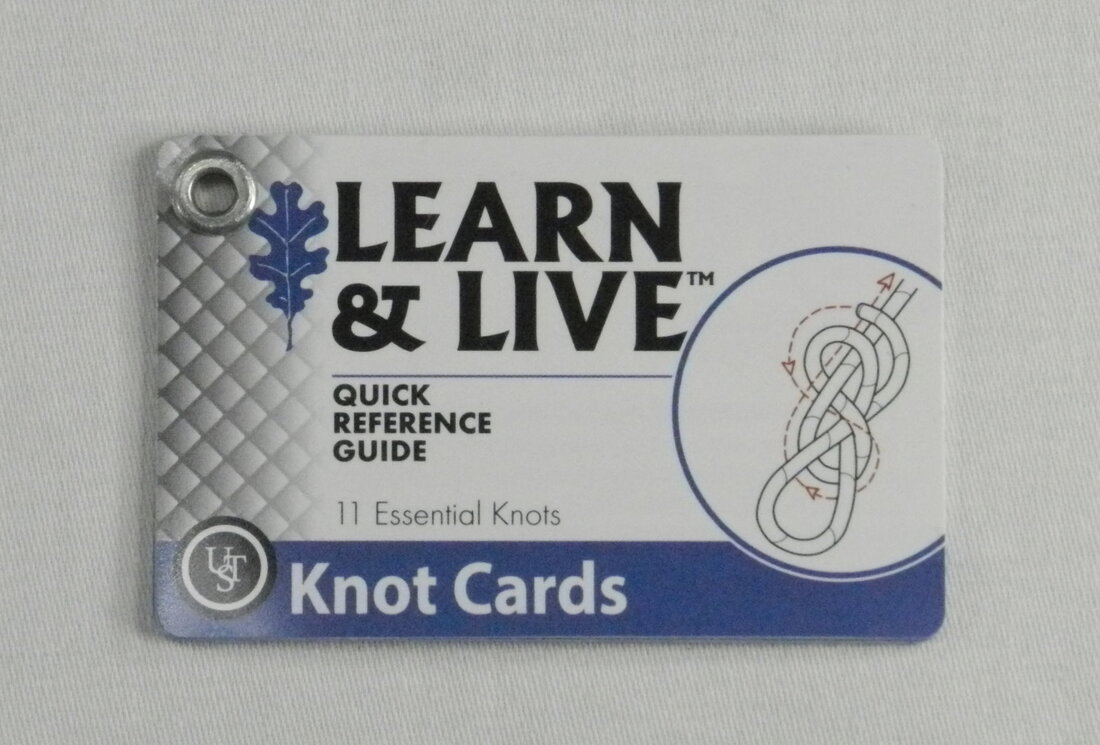
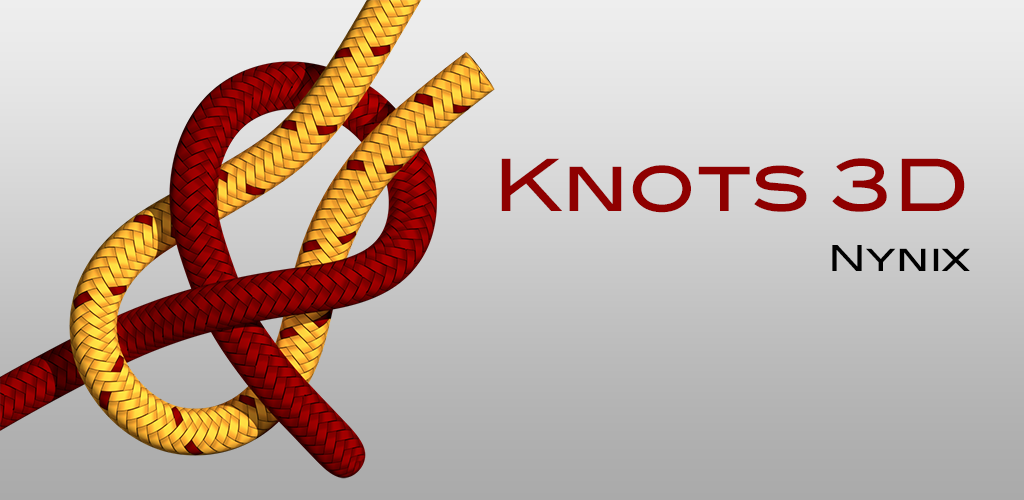

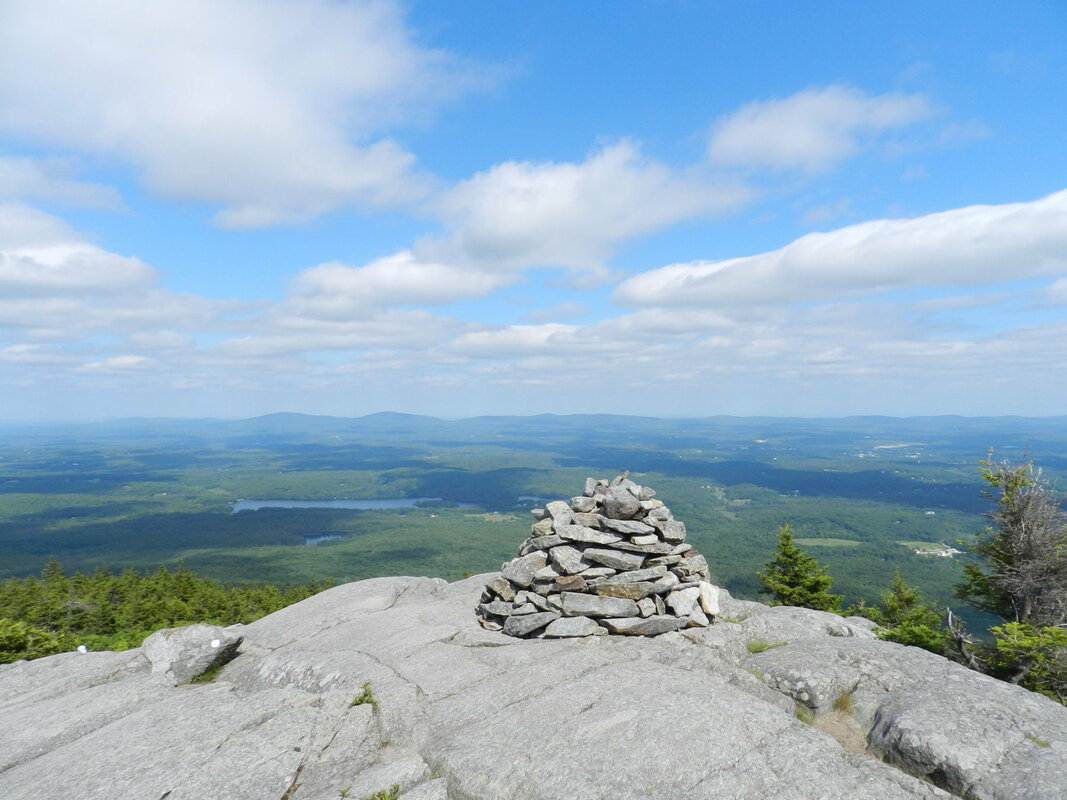






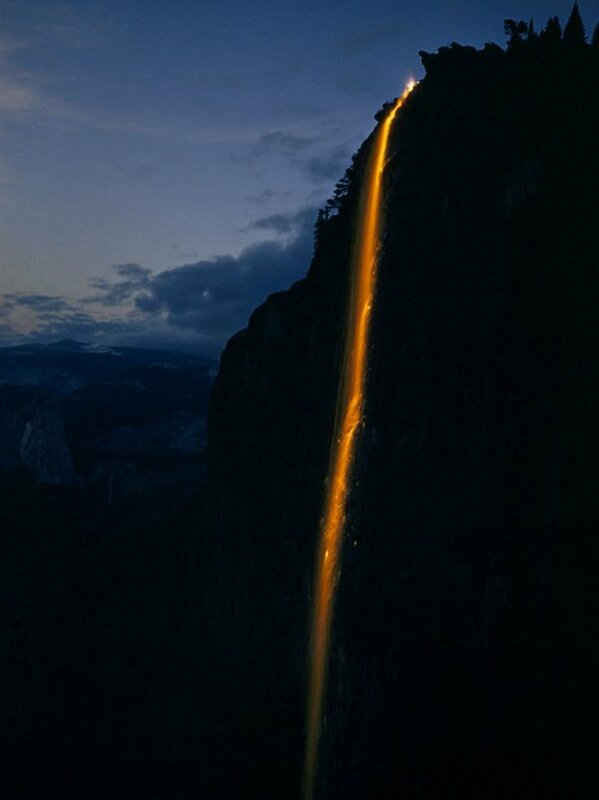
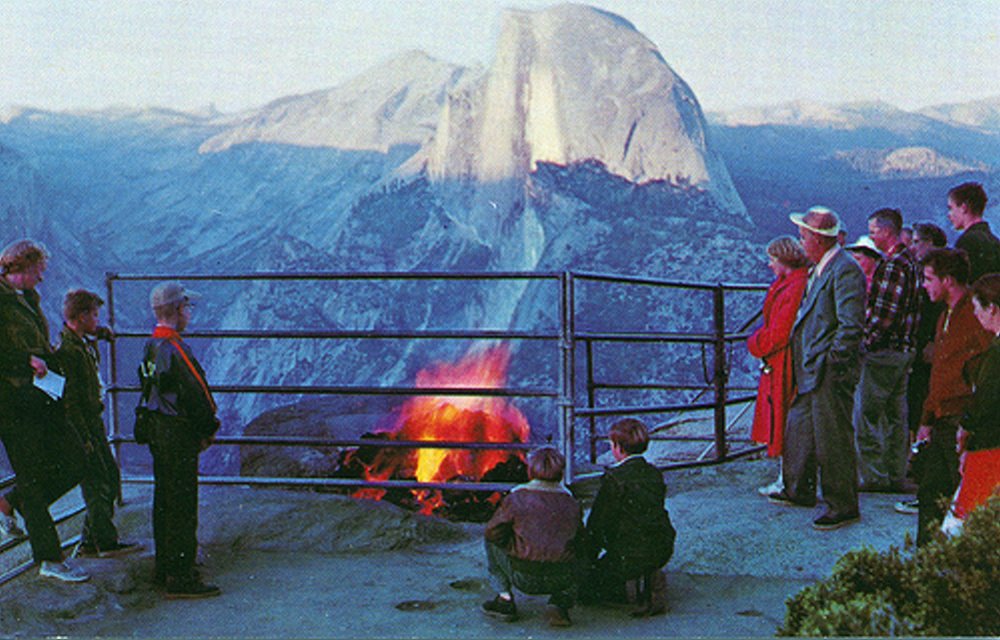
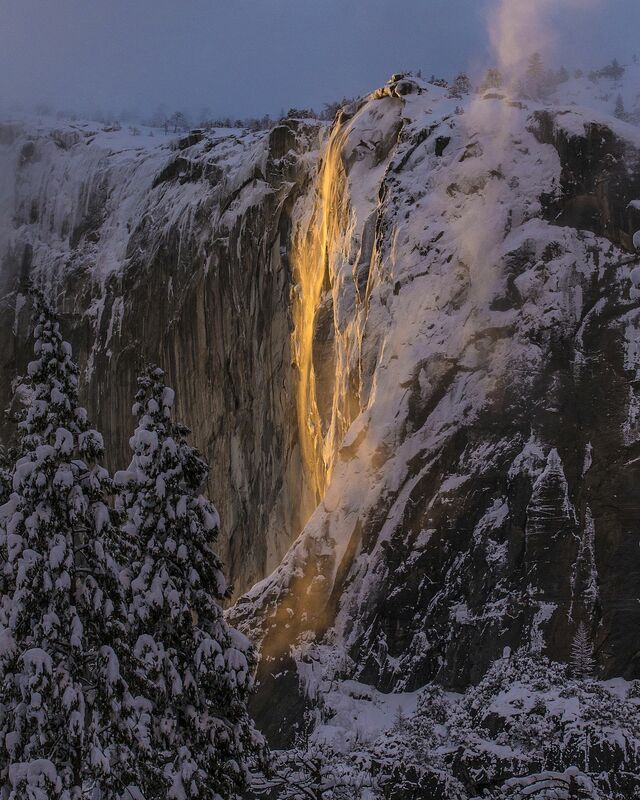
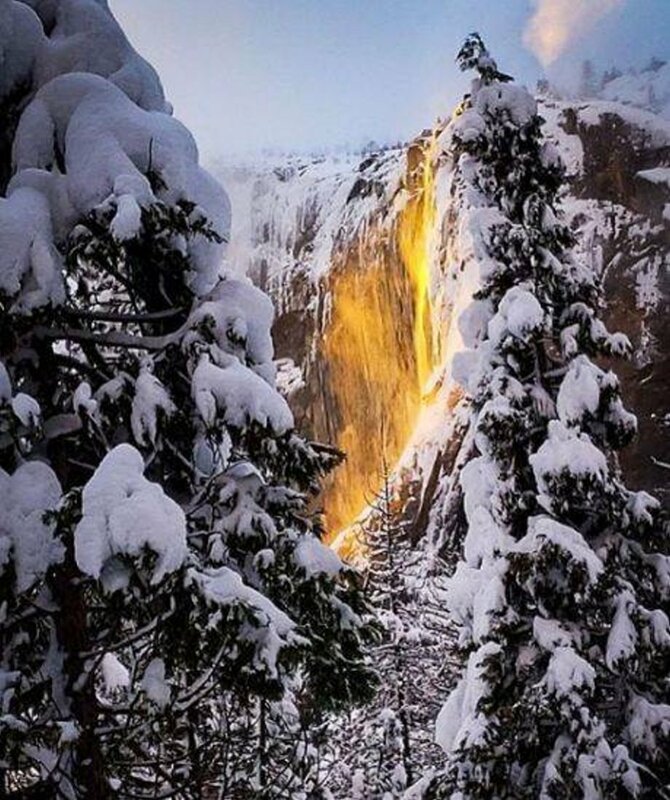
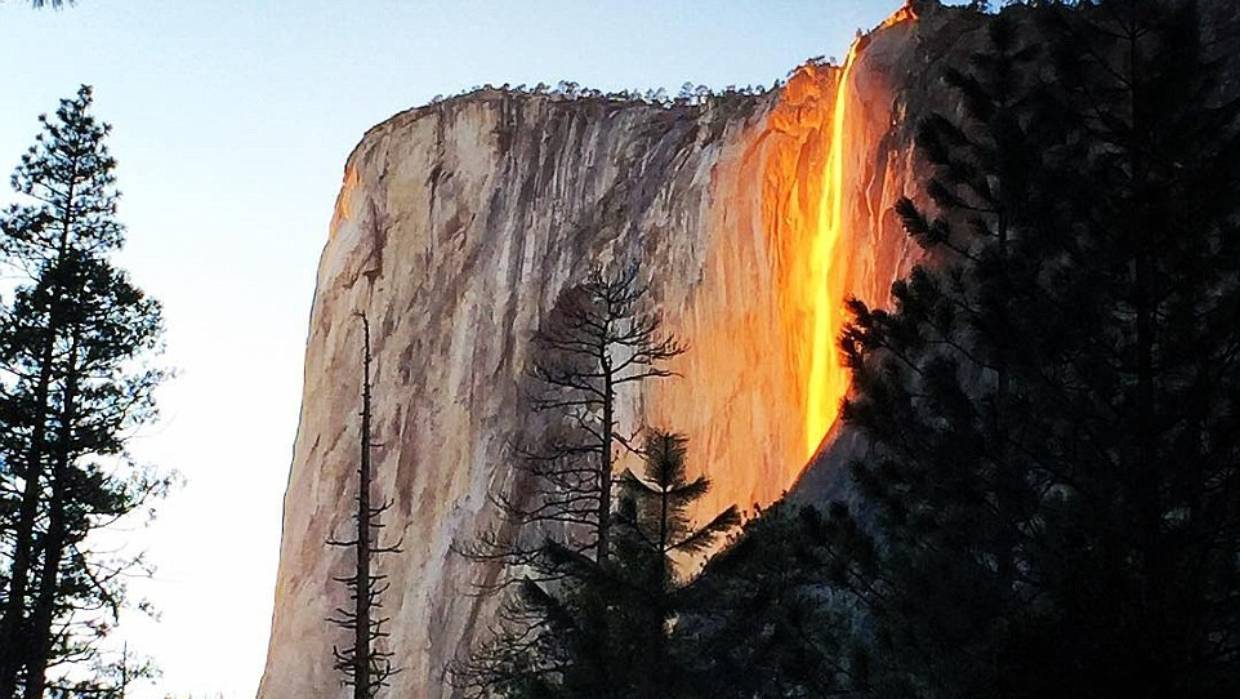
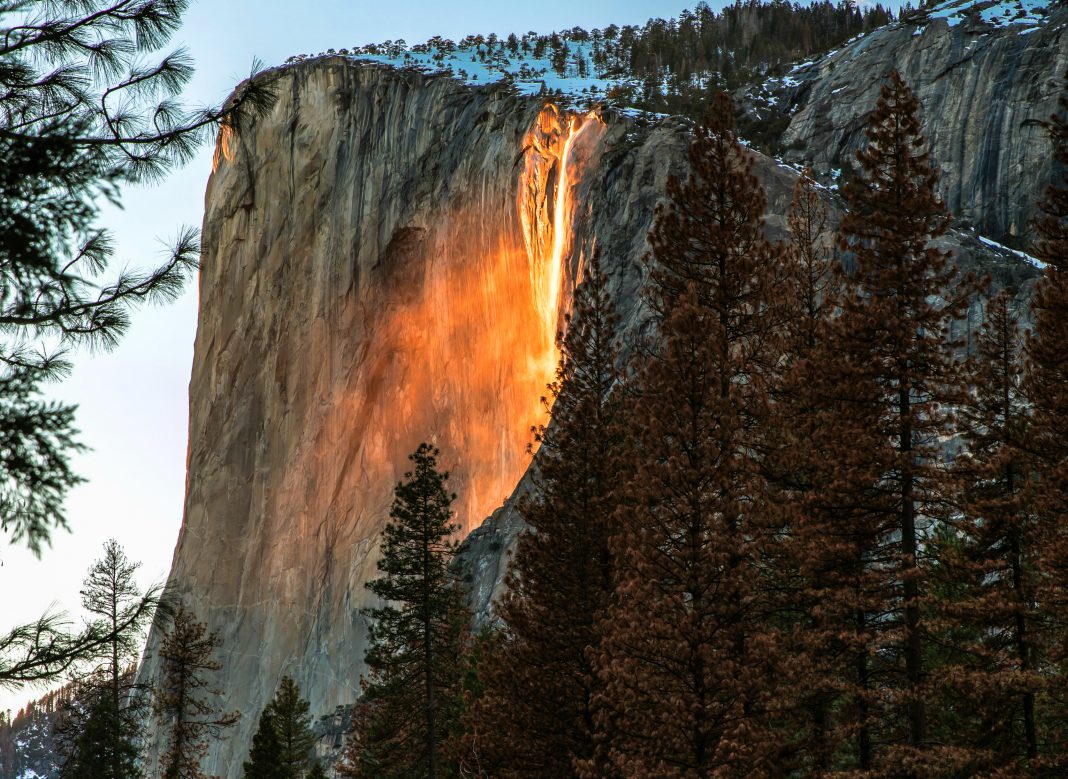
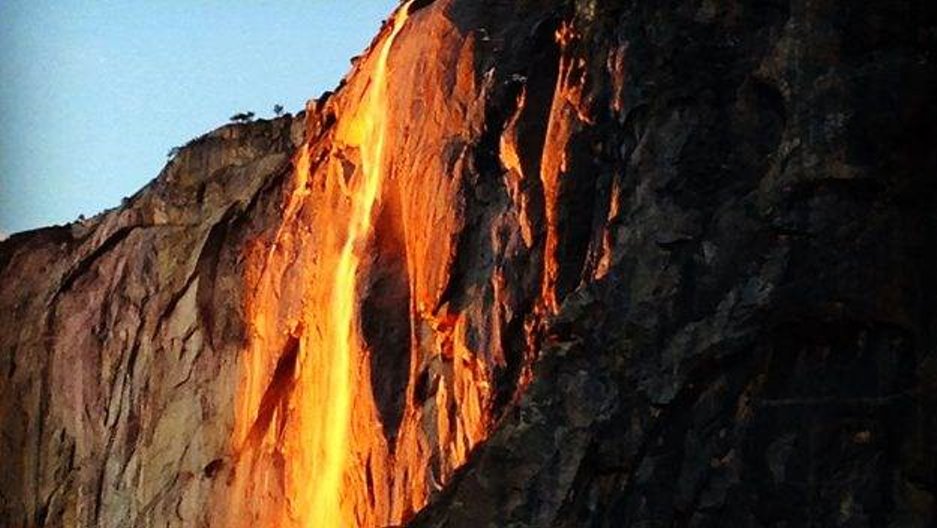
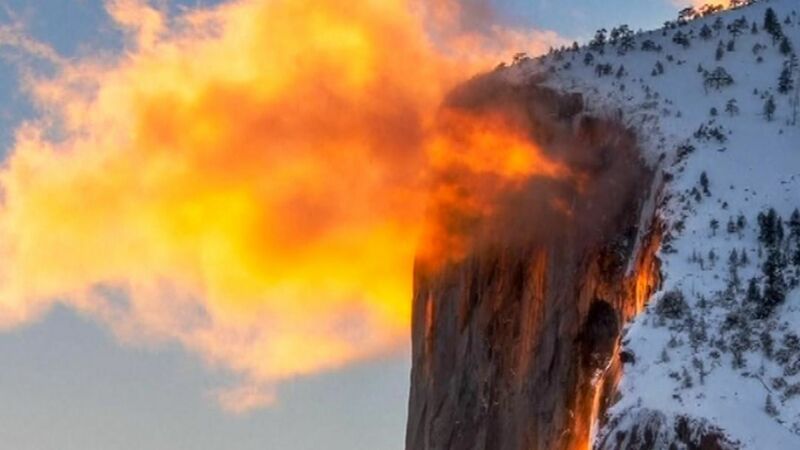
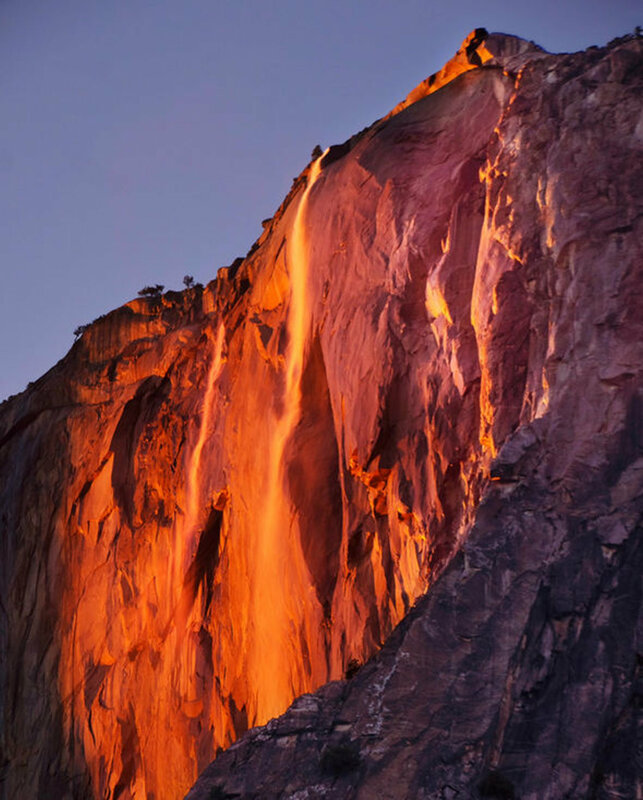
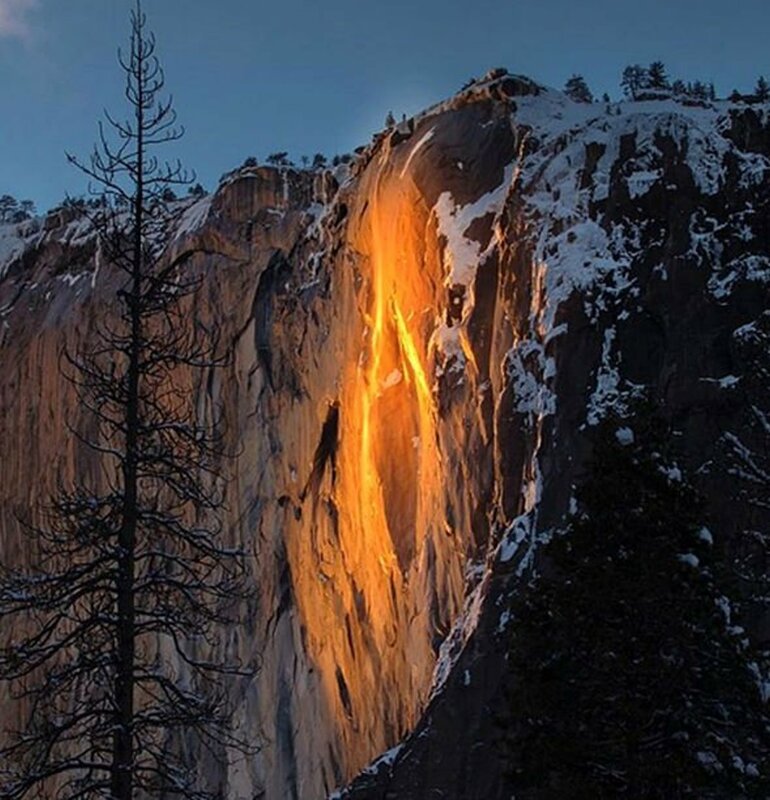

 RSS Feed
RSS Feed